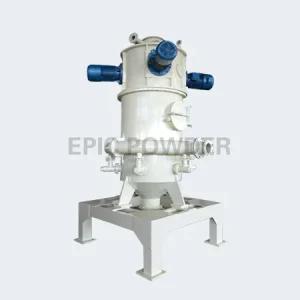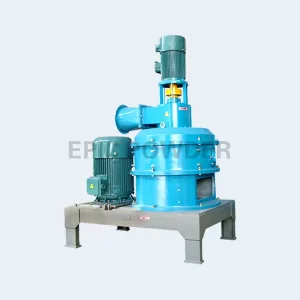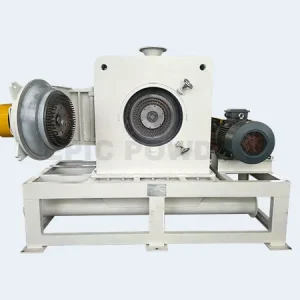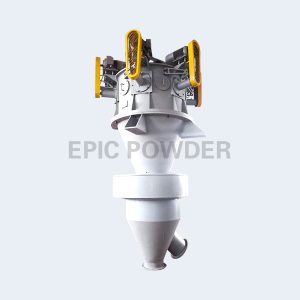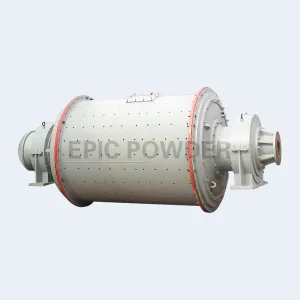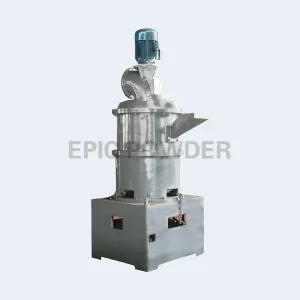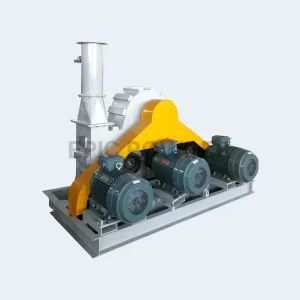How large of an air compressor should a pulse dust collector use? When choosing an air compressor for a pulse bag dust collector, you should pay attention to the following three aspects:
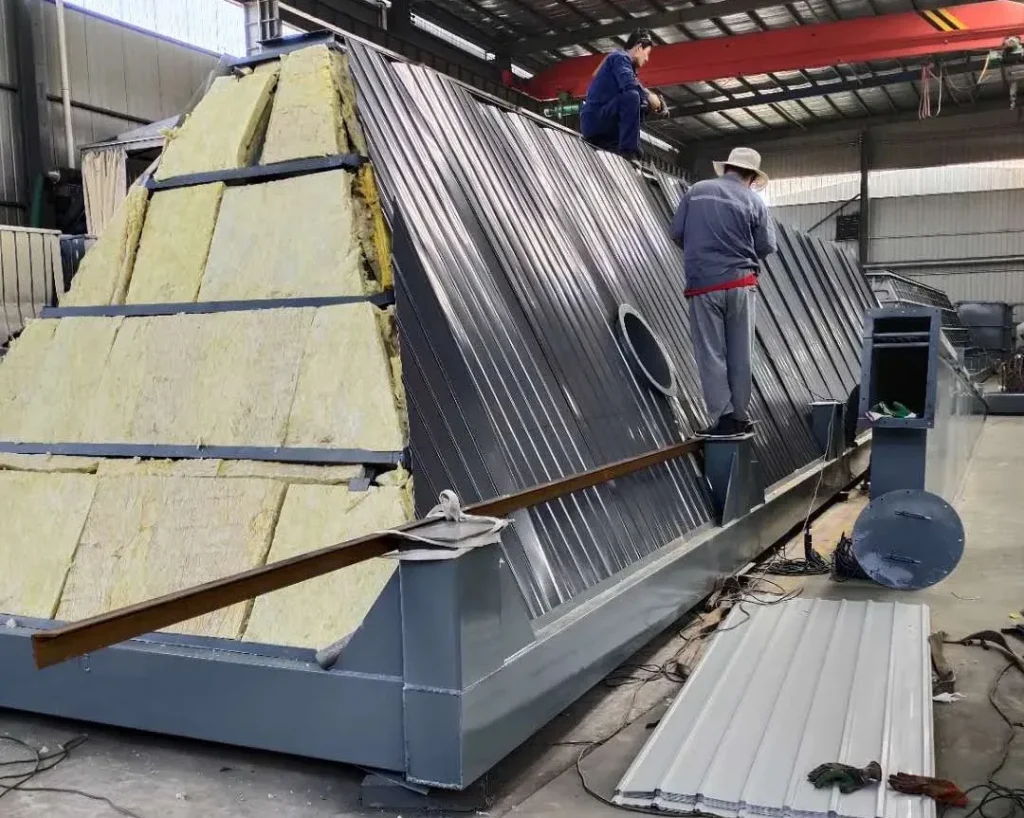
The compressor and supporting equipment should be selected according to the gas requirements of the system.
Consider the following:
a.To reduce the oil content in the compressed gas, use an oil removal purifier. If high treatment standards are required, multi-stage treatment can be used.
b. To reduce the water content in the compressed gas, use water removal equipment.
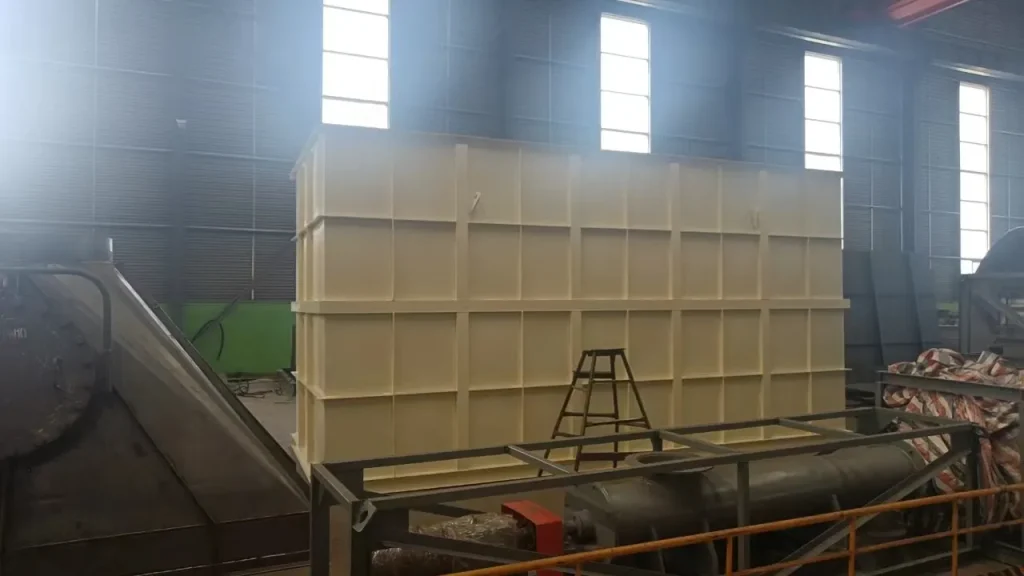
Choose the compressor structure (vertical, horizontal, or angled) based on the dust collector’s tasks and the factory’s layout.
How to calculate the exhaust volume and exhaust pressure required by pulse bag dust collector production
3.Select the appropriate compressor model based on the required exhaust volume and pressure for the pulse bag dust collector. Note that the exhaust volume listed is usually calculated based on the gas volume at 20°C and 101.33 kPa, in m³/min, and the exhaust pressure is expressed in Pa (gauge pressure). When determining the performance parameters of the air compressor needed for the pulse bag dust collector, consider the following aspects:
a. Exhaust Pressure: The higher the exhaust pressure of the compressor, the more energy it consumes. The sum of the operating pressure, pipeline resistance loss, and pressure of supporting equipment determines the lower limit of the rated exhaust pressure for the selected compressor. Generally, a larger diameter for the gas pipeline should be chosen to reduce resistance loss and achieve lower energy consumption during long-term operation. Avoid using a compressor with excessively high discharge pressure.
b. Exhaust Volume: Calculate the actual total gas consumption and multiply it by a coefficient of 1.1 to 1.2 to determine the exhaust volume of the selected pulse bag dust collector model. If the selected volume is too low, it will not meet the gas requirements of the pulse bag dust collector. If it is too high, it will result in increased energy consumption and uneconomical operation. Additionally, selecting a compressor with a larger displacement will also increase the purchase cost.
Carefully consider your choice before purchasing to avoid issues after using the pulse bag dust collector.To calculate the compressed air consumption for a bag dust collector, use the formula: pulse valve consumption + lift valve consumption (based on the working mechanism). This calculation helps in selecting the appropriate air compressor system. The consumption of the poppet valve is minimal during “online dust cleaning” and is usually not considered. The main compressed air consumption is for the dust cleaning of the electromagnetic pulse valve.

The commonly used calculation formula is:
Air consumption(L)=1.5×n×Q/T\text{Air consumption} (L) = 1.5 \times n \times Q / TAir consumption(L)=1.5×n×Q/T
where:
1.5 is the margin,
n is the air consumption of a single pulse bag dust collector, related to factors such as the size of the pulse valve, injection time interval (determined by dust viscosity), injection pressure, pulse width, and the total number of flush valves designed,
Q is the single injection air volume of a single valve, and
T is the injection cycle.
The data for QQQ varies by pulse valve manufacturer. For example, a 3-inch submerged single valve might have a single injection air volume of 250-300 liters (without specifying injection pressure and diaphragm opening time).
Regarding air compressor types: Most dust collectors use piston or screw air compressors. It is preferable to choose an oil-free air compressor. However, regardless of the air compressor type, it must be equipped with an air tank, dryer, and filter to remove oil and moisture from the gas. Although oil-free air compressors eliminate oil content issues, they still need post-processing to handle moisture. Consequently, many manufacturers do not support oil-free air compressors due to their higher cost.

